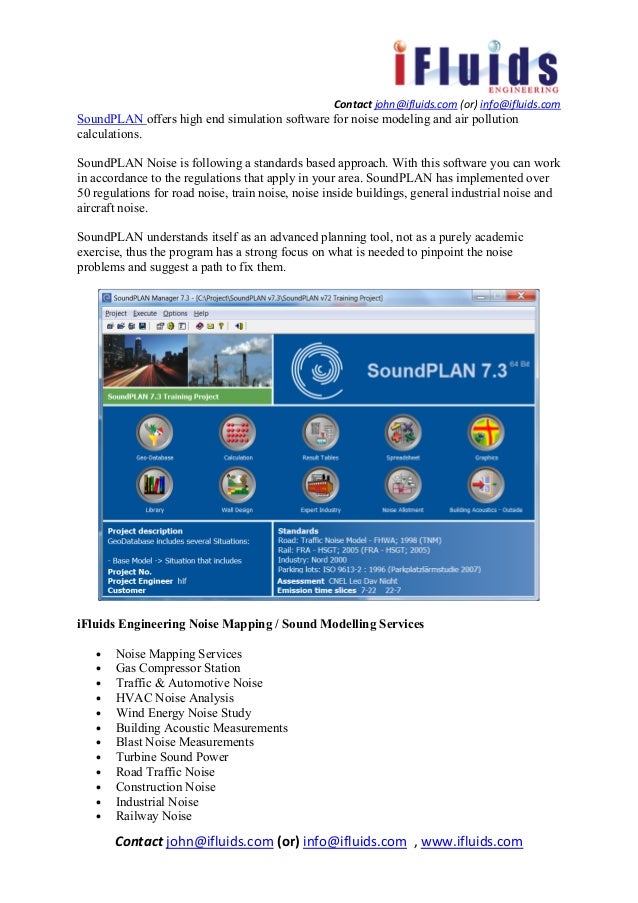

The END requires that a series of actions are implemented by the EU Member States every five years. Secondly, END requires that the Member States develop measures to reduce noise from major sources, particularly road and rail vehicles and networks, aircraft, outdoor equipment, industry, and mobile machinery. to maintain the level of environmental noise where it is good.to prevent and reduce environmental noise, particularly where noise levels can have harmful effects on human health and.

Adopt action plans, based on the results of noise mapping, with a view to:.Make sure that information on environmental noise and its effects is publicly available.Carry out noise mapping to determine populations exposed to environmental noise.Firstly, to define a common approach to avoiding, preventing or reducing the harmful effects of noise exposure. The aims of the Environmental Noise Directive By doing so, the END provides a base for developing measures to reduce the noise emitted by significant sources of noise, including aircraft. The END aims to “ define a common approach intended to avoid, prevent or reduce on a prioritised basis, the harmful effects, including annoyance, due to exposure to environmental noise”. The paper set the framework for Directive 2002/49/EC also known as the Environmental Noise Directive (END). Murphy, Environmental noise – ‘Forgotten’ or ‘Ignored’ pollutant?, Applied Acoustics, Volume 112, 2016, Pages 211-215). The first attempt at creating an EU-wide noise policy was the Green Paper on Future Noise Policy, adopted by the European Commission in 1996 (E.A.


 0 kommentar(er)
0 kommentar(er)
